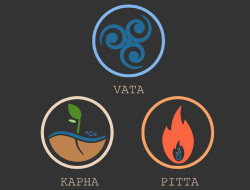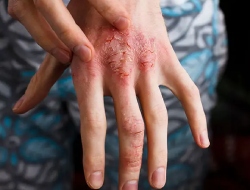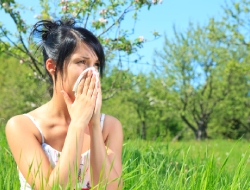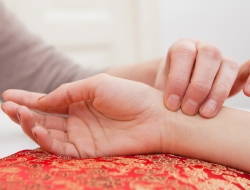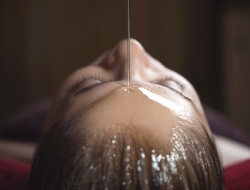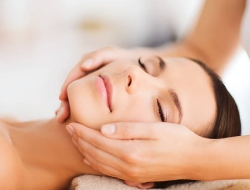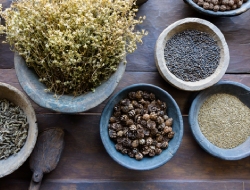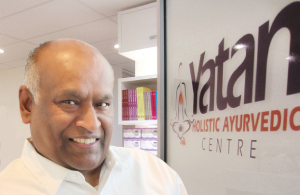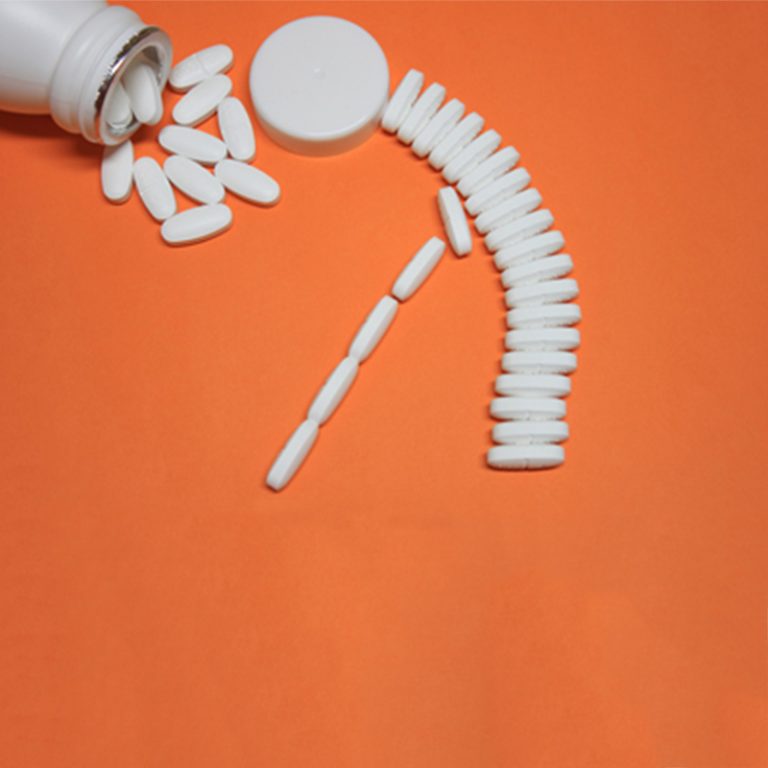Don′t Shoot the Messenger – Dealing with Cholesterol
Cholesterol has a bad press, yet it is one of the most important substances produced in the human body. It is involved in the formation of new cell membranes, and is also a vital repair substance, as well as having strong protective, antioxidant properties. The body can no more exist without it than a brick house can be built without cement. But what causes so-called ‘bad’ cholesterol to reach an abnormally high level?
About 70% of our cholesterol is manufactured by the liver. As it is not soluble it has to ‘hitchhike’ to cells where it is required. It does this by joining up with small protein particles – the LDL that is constantly referred to as ‘bad’ cholesterol. If there is a lot of cellular damage the LDL levels will be seen to be elevated, as the body is doing its best to effect a repair: it acts like glue to fill in the cracks in the arterial walls. After the LDL has done its best any excess cholesterol is then mopped up by HDL protein particles and returned to the liver.
The HDL cholesterol is known as ‘good’ cholesterol, simply because its larger particles are incapable of building up inside the arteries and causing blockages. But we need to ask why nature has designed a mechanism that causes blockages in the first place.
The primary cause of arterial plaque is not the LDL that is trying to carry out a repair. The real damage is caused by dietary factors and faulty fat metabolism. Processed and junk foods cause oxidation of the cholesterol which leads to the formation of hard plaque, which if allowed to build up can lead to high blood pressure, heart attacks, and strokes.
Cholesterol reducing drugs have potentially serious or fatal side-effects. At best, they hinder proper organ function and enzyme activity, as well as disrupting hormone balance., with the resulting array of health issues. If we want to put out a house fire we do not immediately erect a barrier to keep the firefighters away. Ayurveda does not seek to address cholesterol levels as such, but rather looks at the way in which the body is processing all types of fat in the diet, and at effective ways of detoxifying the liver and blood.
The three primary targets in dealing with the problem are:
- Optimization of the digestive function
- Liver detoxification
- Blood purification
To this end, Ayurvedic medicines are used and the diet is addressed. A typically good balance is 60% vegetable to 40% quality meat. Fast and processed foods are totally avoided. When such a diet is followed the cholesterol levels are seen to take care of themselves; the body no longer has to strain to repair itself. Yoga exercises such as 11 rounds daily of Sun Salutation helps to detoxify and stimulate virtually every organ in the body and together with a change in diet will see a reduction in cholesterol levels within a couple of months.
This safe approach to cholesterol control achieves its results by improving rather than blocking metabolic processes. The result is greater, rather than reduced, power and vitality.
*Discover holistic healing with a complimentary phone or video consultation from our expert Ayurvedic practitioner. Start your path to better health today!*

